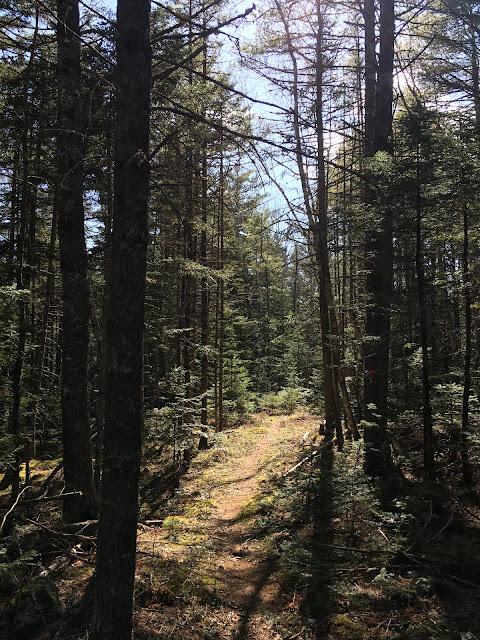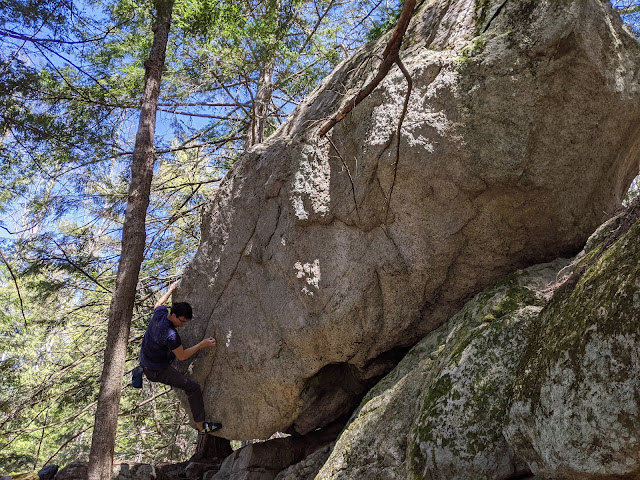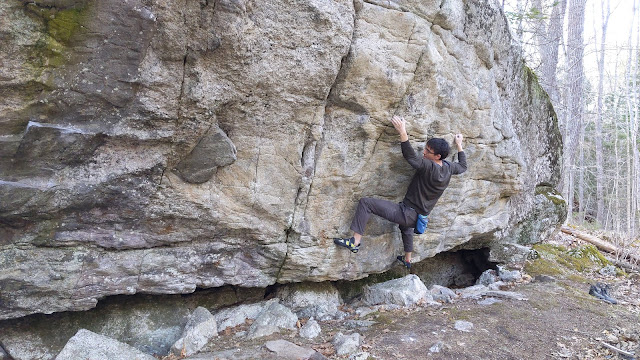Here are the 10 Greatest Climbing Achievements of All Time,
10. John Gill climbs The Groove, 1978
A V10 in the 70's... what. John Gill's legacy of climbing as a gymnastic sport made the 80's a thing.
9. Fred Nicole climbs Dreamtime, 2000
The world's first Font 8C, and greatest boulder problem on the planet.
8. Dawes on Indian Face, 1986
The rock's the star – always has been, always will be. Dawes' philosophy is imbued in his greatest climb. A great Welsh Dragon is said to inhabit the route, ready to swoop down and scoop up any suitors, and British Trad climbing swoons.
7. Wolfgang Güllich – Action Directe, 1991
Ben Moon: if you want to claim the world's first 9a, you gotta give the route 9a... It doesn't matter the Güllich gave it some UIAA grade, Action Directe is the first 9a, and the culmination of 1980's advances in training.
6. Chris Sharma - Biographie, 2001
The route that did two things - made America great again, and determined that the equipper names the route.
5. Ashima Shiraishi V15, 2016
People say that Shiraishi is note-worthy for being the youngest-ever or first-female-ever to climb certain climbs. But they are missing that she is 5'1'' – short climbers have no excuses anymore.
4. Adam Ondra - Silence, 2017
We live in the age of Ondra. All hail the king of the clips.
3. Tommy Caldwell - Dawn Wall, 2015
When your canvas is 3000ft by 1000ft, it's not just the greatest multi-pitch route ever, it's the greatest artistic expression of all time.
2. Alex Honnold - Free Solo, 2017
It will never be repeated. It will never be repeated.
1. Lynn Hill on the Nose, 1993
What I said for number 3, but double.


















